VR Car Museum - Development report
Introduction
Car Museum is a VR experience allowing people an interactive way to learn about and explore the cars they love. No longer are viewers confined to pre-set displays, now they can customise the colour of the car and discover more facts and information than ever before.

Description of the application
Museums are expensive to operate, car museums are no exception and arguably more so due to their high amount of space required for each vehicle (work of art). In a proposed operating model analysis for the Cairns Regional Museum in Queensland, they estimated costs of $1,500-$7,500 per metre squared just to initially develop the space for an exhibition (Savilis Project Management, 2009).
Moving the museum experience into virtual reality (VR) aims to address this, by reducing the need to staff and maintain expensive physical premises – as well as unlocking new levels of interactivity not possible with the traditional brick and mortar museum experience. It also allows a global audience access to an experience that previously required physical travel to a location.
Traditional museums can suffer from being rigid and slow moving – often exhibits, except those that are digital in nature, cannot be easily changed or respond to user interaction.
Virtual reality offers new potential experiences – it’s cheaper and easier to change the artwork on display, plus the artwork can be made interactive. For example, the user may be able to change the colours of the displayed vehicle, or open/close doors and windows.
It is also anticipated that VR will increase immersion compared to the other digital representations. In a study completed in 2015 after creating a digital version of the Museum of English Rural Life, respondents who were using Oculus Rift VR headsets reported it was easier to use (than other interface types), provided the greatest sense of immersion (users reporting they felt like they were in the actual museum, compared to a room) and left them feeling like they’d visited an experience, not just seen one (Ewart & Harty, 2015). This highlights the value of VR when compared to other models of digitally providing similar content.
A downside to using virtual reality is the frequency of people experiencing motion sickness, some estimated put the percentage of people that have experienced motion sickness from VR above 50%, and more-so in males than females (Santiago, 2020).
Another downside may be the cost of initially creating a 3D version of an exhibit, though with the rise of photogrammetry and other 3D scanning tools – this should be expected to drop.
Interaction design
Car Museum allows users to change the colour of their favourite vehicles – allowing them to see exhibits in a way not possible in physical museums. There’s no frustrating lines on the floor keeping you 2m away from your favourite exhibits, feel free to step as close as you’d like.
Users can select the colour of each car exhibit from a range of floating spheres in the world – matching the colour that the car will become when toggled. Users make their selection by reaching towards the ball and pressing a button on their VR controller.

Story board showing text box placement above vehicle and idea for colour selection from floating spheres.
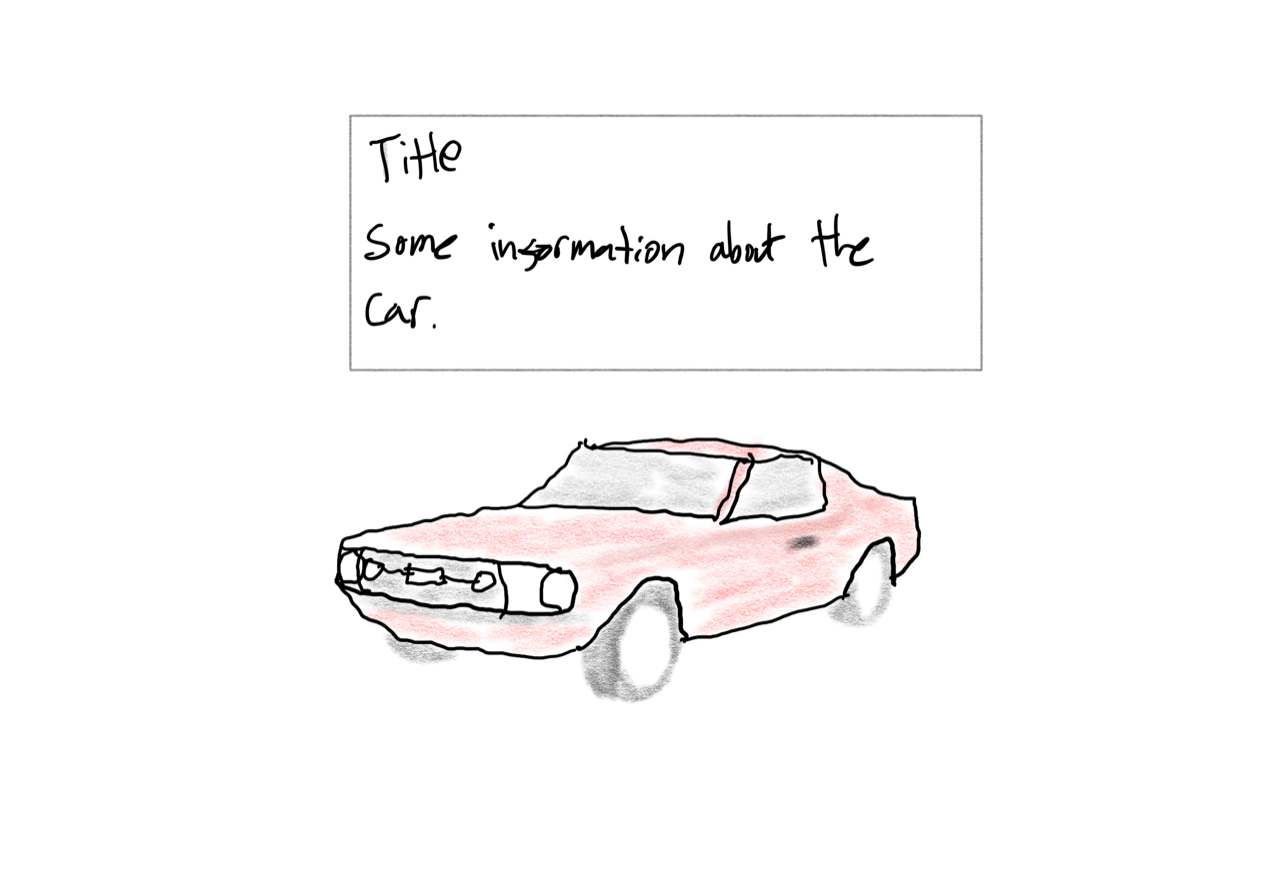
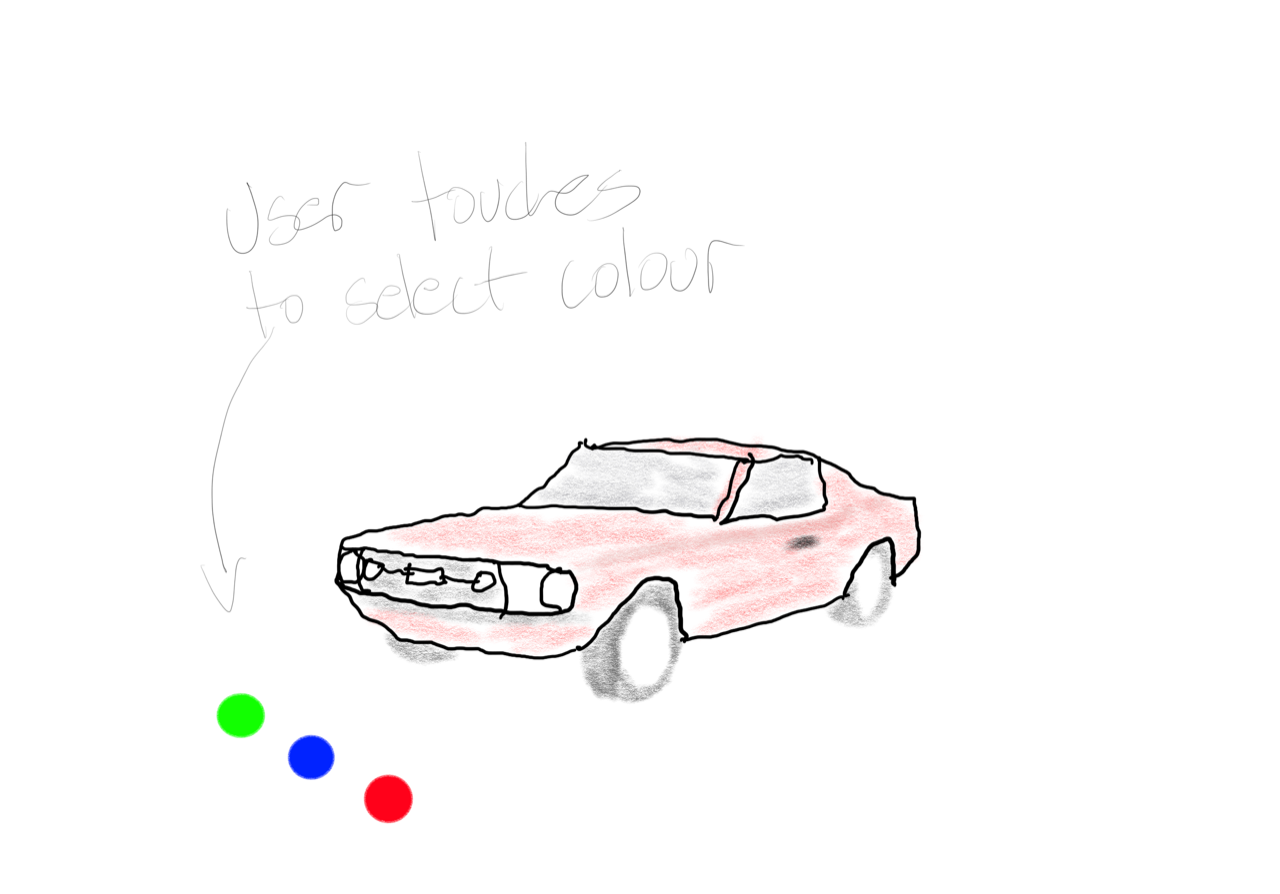
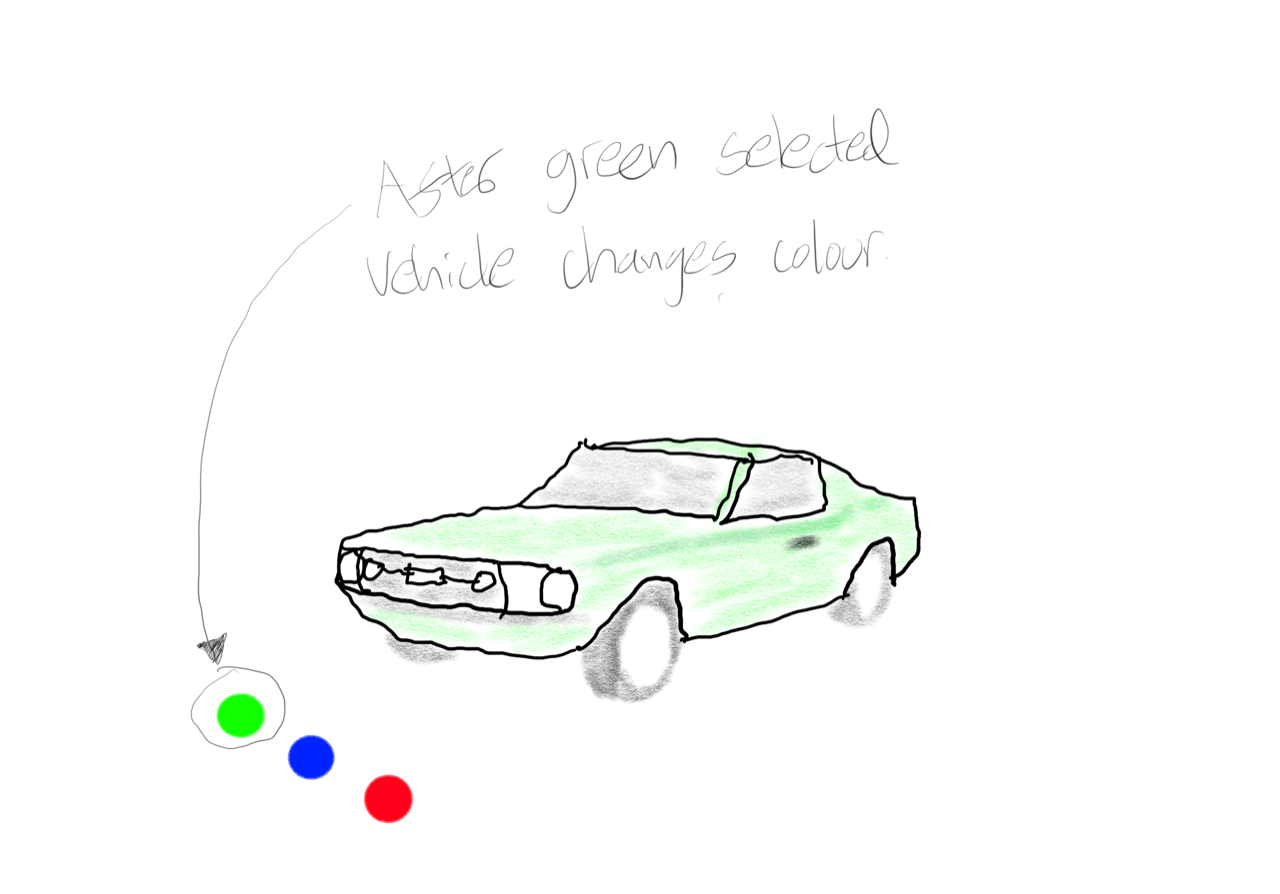
Technical development
The Car Museum is being built in Unity and developed using the Oculus Quest/Quest 2 headsets – though it’s built in a way that should run on most OpenXR supported headsets.
The text boxes with information above each vehicle is set to rotate to face the player for easy reading from any angle.
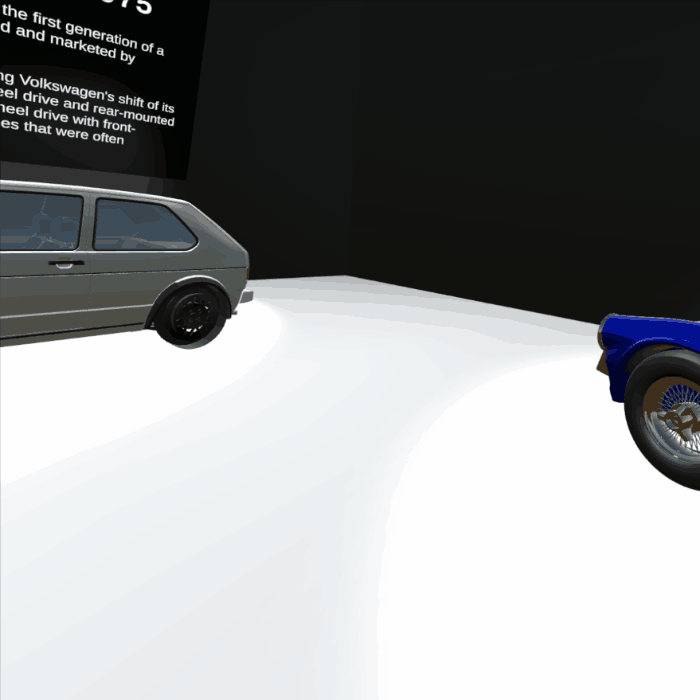
Car models have a box collider that reaches from the floor the ceiling to prevent the player from being able to teleport inside the car, or on top of the car.
Users can move around the museum by teleporting – to do this press the secondary button on a hand controller and pull the trigger.
Description of 3D models
Ford Mustang car model used as an exhibit, some changes were made to allow changing the car colour material. Model by byelaman from cgtrader.com - https://www.cgtrader.com/free-3d-models/car/sport-car/ford-mustan-gt1967

Shelby Cobra car model used as an exhibit. Some modifications were made to allow colour changing and correcting some material issues. Model by SRdigiarts from cgtrader.com - https://www.cgtrader.com/free-3d-models/car/racing-car/old-model-car
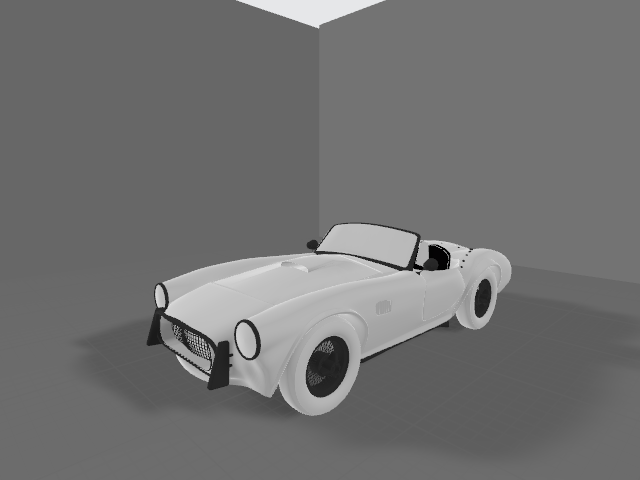
Volkswagen Golf Mk1 GTI Type 17 1975 used an exhibit, some changes were made to allow material swapping for the car paint colour Model by dennisp on from cgtrader.com - https://www.cgtrader.com/free-3d-models/car/car/volkswagen-golf-mk1-gti-typ-17-1975
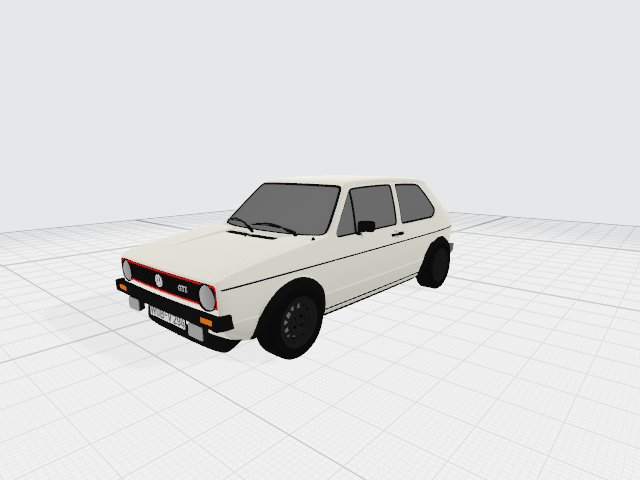
References
Ewart, I., & Harty, C. (2015). Creating a Virtual Museum: CCN+ Final Report. University of Reading.
Santiago, W. N. (2020, July 5). VR Motion Sickness Statistics | Age, Gender, Experience and More. Retrieved from VR Heaven: https://vrheaven.io/vr-motion-sickness-statistics/
Savilis Project Management. (2009). Proposed Operating Models Report –Queensland Museum Cairns Regional Museum Development Project. Retrieved from https://www.cairns.qld.gov.au/__data/assets/pdf_file/0004/38092/appendix_20_muse...
Leave a comment
Log in with itch.io to leave a comment.